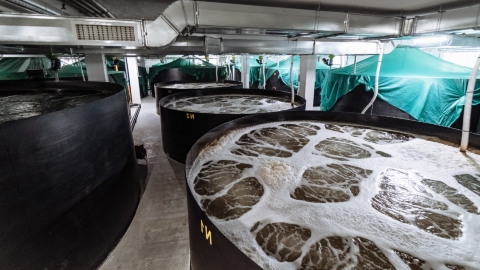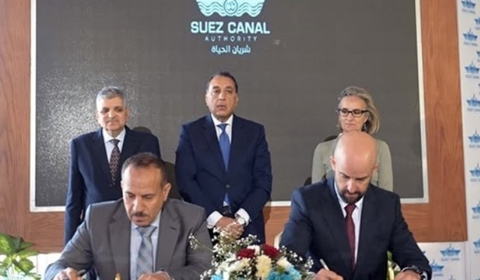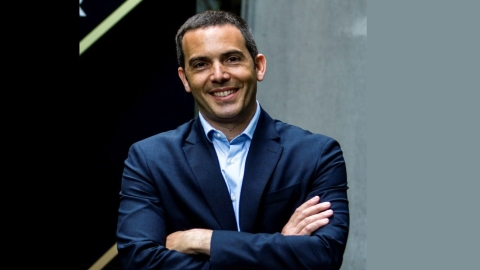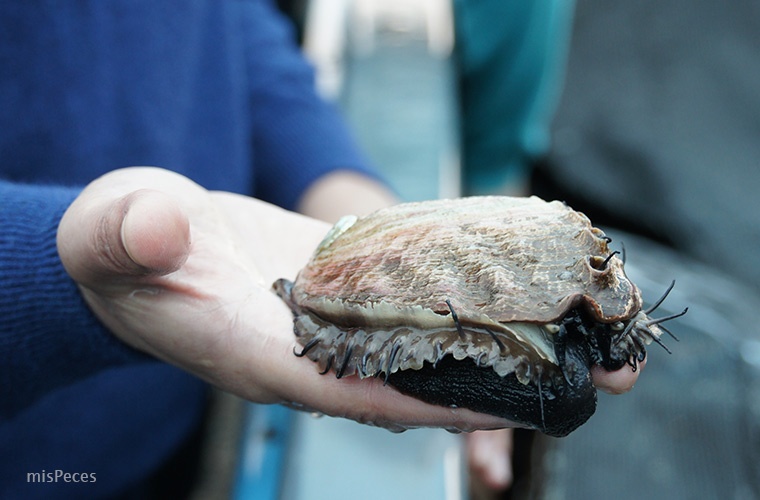
The Galician Marine Aquaculture Project was launched in 2003 with the ambitious goal of establishing Galicia as a leading producer of abalone. This shellfish, regarder as the most expensive in the world and highly prized in Asian cuisine, was expected to be a lucrative business and a significant boost for the Galician aquaculture industry.
However, two decades and more than €10 million investment later, the company has ceased operations, and its facilities have been put up for public auction. This marks the end of a pioneering venture that, despite its innovations, failed to achieve long-term viability.
From its inception, the company enjoyed the backing of the Xunta de Galicia regional administration, through the Galician Institute for Economic Promotion (IGAPE), as well as the University of Santiago de Compostela and various private investors. One of the most prominent backers was businesswoman Rosalía Mera, who at one point owned 30% of the company. The initiative was built around cutting-edge technology for captive abalone breeding in the Muros-Noia estuary, a location chosen for its nutrient-rich waters and natural protection against storms.
To achieve this objective, the company invested heavily in research and development, implementing advanced breeding systems and designing a specialized diet to optimise the shellfish’s growth. The facility boasted state-of-the-art infrastructure, including laboratory, offices, and over 100 breeding tanks dedicated to abalone cultivation.
Economic Viability Hampered by Slow Growth
Despite its innovative approach, the project faced significant challenges. One of the primary obstacles was the slow growth rate of abalone, with more than four years required before the first commercially viable specimens could be harvested. This combined with high initial investment and operational costs, severely impacted the project’s economic viability from the outset.
Although the company managed to produce up to 23,000 kilos of abalone, demand and market prices in Asia were not sufficient to sustain the business. The limited domestic market for the product further restricted expansion opportunities. Additionally, the company relied heavily on continuous financial injections from its stakeholders to stay afloat.
A Failed Attempt at Diversification
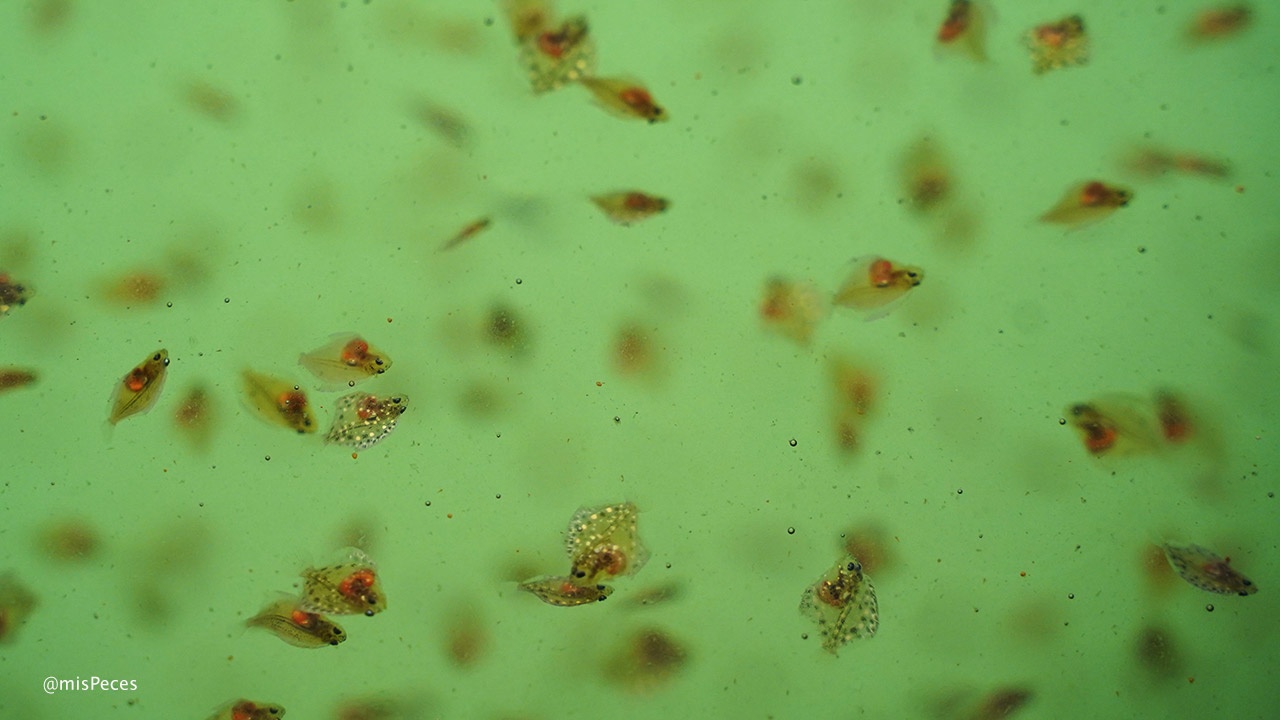
In 2020, in an attempt to improve its financial position, Galician Marine Aquaculture expanded its operations to include turbot farming. However, this strategy failed to deliver the expected results. A major mortality event within the facility further exacerbated its financial struggles, and despite restructuring efforts and additional investment, the company was unable to recover.
In 2023, the company entered administration, triggering a liquidation process that has now culminated in the public auction of its assets.
The auction lot, valued at over €7.2 million, includes the production facility, breeding tanks, and specialised equipment, with a required deposit of €360,879 for interested bidders.
So far, no offers have received, and the auction remains open until 10 March.

